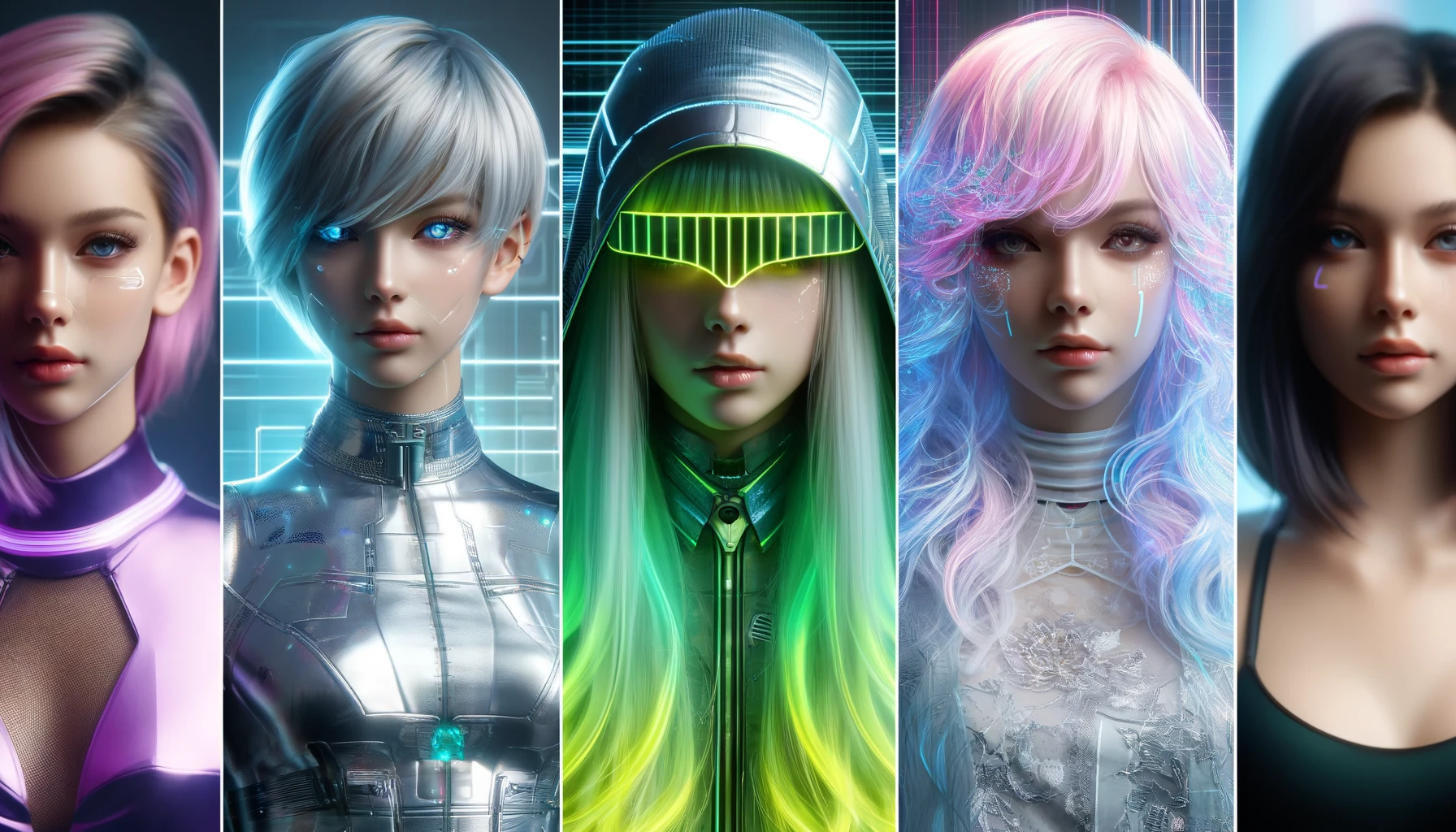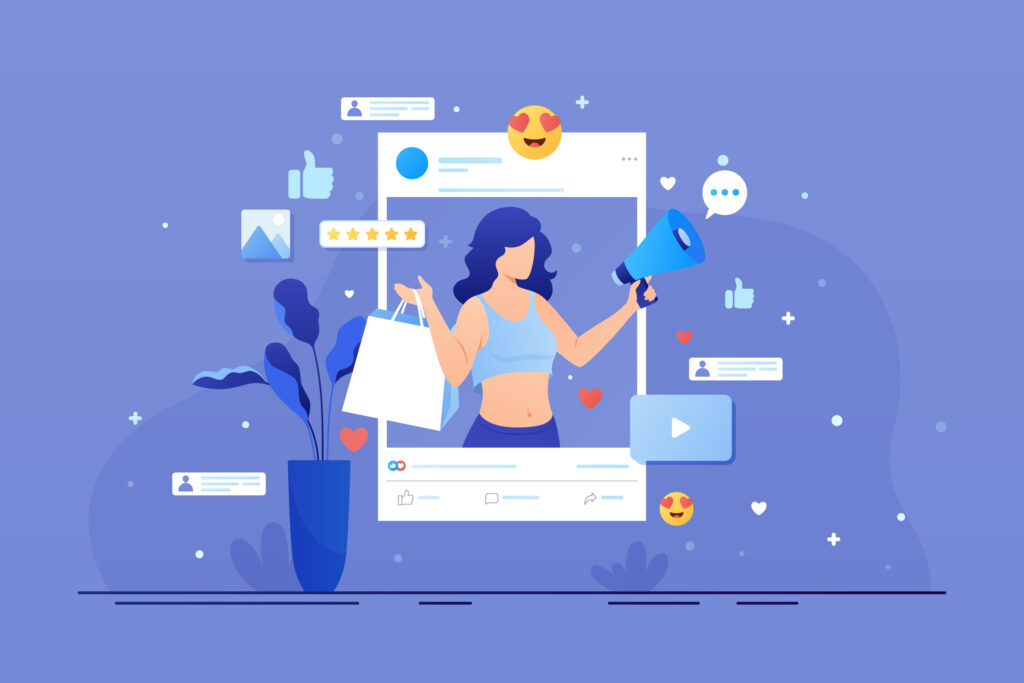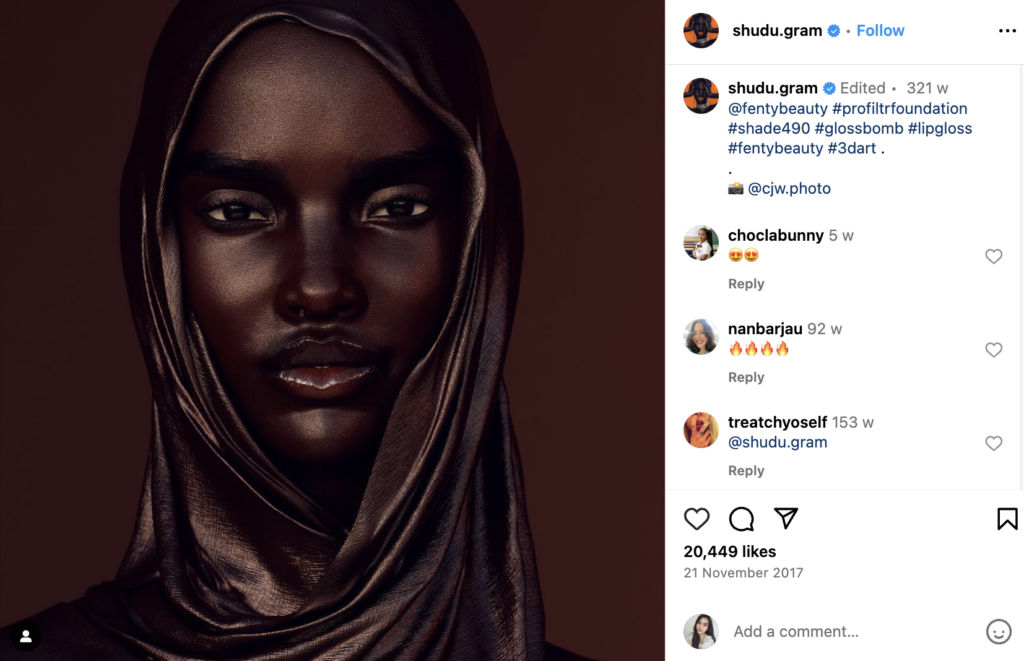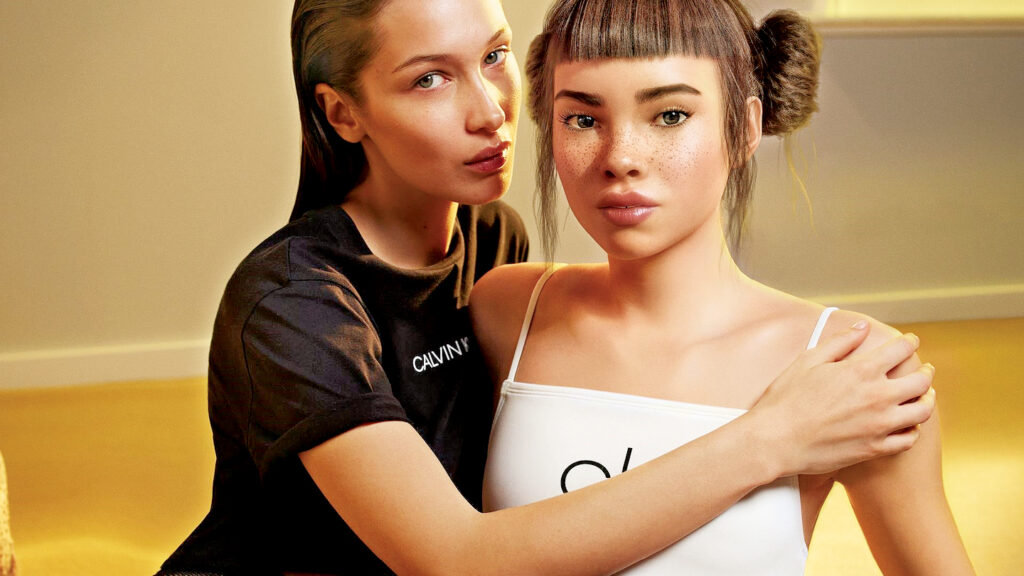
Curious about the latest trend in influencer marketing? Virtual influencers are here to shake things up. Unlike human influencers, these digital creations have no physical form but boast massive online followings.
Picture this: a computer-generated persona engaging with followers, promoting brands, and even collaborating on campaigns. With their flawless appearance and 24/7 availability, virtual influencers offer a fresh take on brand representation in the digital age.
Ready to dive into the world of virtual influencers? Let’s explore what sets them apart and why they’re making waves in the realm of social media marketing.
Table of Contents
Key Takeaways
- Understanding virtual influencers can help marketers leverage this emerging trend for brand promotion.
- The behind-the-scenes technology powering virtual influencers showcases the intersection of creativity and advanced digital tools.
- Virtual influencers are reshaping marketing strategies by offering a fresh and engaging approach to reaching target audiences.
- Social media dynamics play a crucial role in the success of virtual influencers, emphasizing the importance of online presence and engagement.
- The societal influence of virtual influencers highlights the evolving landscape of digital influence and consumer behavior.
- Brands can benefit from collaborating with virtual influencers to enhance their reach, credibility, and engagement levels.
Introducing Virtual Influencers
Virtual influencers are fictional computer-generated ‘people’ designed to resemble humans, with unique personalities and traits. Imagine your favorite animated character suddenly coming to life on Instagram or TikTok—pretty amazing, right?
These virtual influencers are created by talented artists and designers who give them unique personalities and styles, and they have totally revolutionized the influencer marketing industry, offering brands a fresh and innovative way to engage with their audience.
However, despite their innovative appeal, the rise of virtual influencers has sparked debates about authenticity and sustainability in influencer marketing.

The Two Sides of the Coin
Some may argue that virtual influencers may lack authenticity compared to real influencers, because they don’t have genuine experiences or emotions like human influencers do. This can make it harder for their followers to relate to them on a personal level.
Moreover, the initial investment in creating and maintaining virtual influencers can be high at first, due to the cost of creation and maintenance (including ongoing content development and social media management), and updates to stay relevant, much like caring for a high-maintenance pet.
On the other hand, this very characteristic that some might see as a lack of authenticity offers distinct advantages for brands.
What’s great about virtual influencers is that they provide a controlled brand image without the risk of real influencer controversies. Since they’re not real people, there’s no risk of them getting involved in scandals or controversies that could harm a brand’s reputation. Besides, brands can freely customize every aspect of virtual influencers, from appearance to messaging. It’s like having a brand ambassador who always stays on message and never goes off script.
With their increasing popularity, brands are leveraging virtual influencers to reach a wider audience and create unique marketing campaigns. You may discover them on platforms like Instagram interacting with their followers.
How Are They Made
Virtual influencers are created through a meticulous process involving advanced technology and skilled individuals. These digital personas come to life through a blend of computer-generated imagery (CGI), motion capture, and artificial intelligence. Creators carefully design every detail, from appearance to personality traits, ensuring a seamless virtual presence.
This process allows brands exceptional creative control over their virtual influencers. Unlike human influencers, brands can dictate every aspect of the influencer’s look, voice, and behavior during the creation stage. This ensures perfect alignment between the influencer’s persona and the brand’s identity.
The Influence of Virtual Influencers
Impact on Consumers
Virtual influencers leave their mark on consumers, subtly shaping preferences and purchasing decisions. They leverage their engaging content and ability to connect with audiences on a personal level to influence how people perceive products and brands.
Furthermore, virtual influencers play a pivotal role in setting trends across various industries. Their curated lifestyles and fashion choices become aspirational for human followers, driving them to emulate these styles. From clothing to beauty products, virtual influencers dictate what is considered trendy and desirable in the digital realm.
This approach allows brands collaborating with virtual influencers to reach large audiences and achieve brand awareness similar to traditional influencer marketing strategies.

Marketing Strategies
The rise of virtual influencers has disrupted traditional marketing strategies, forcing brands to adapt to this new form of influencer marketing. Companies now collaborate with virtual personalities to tap into their vast follower base and enhance brand visibility.
They offer flexibility in marketing campaigns, allowing brands to make quick adjustments and adapt to changing trends. Unlike traditional marketing strategies, working with virtual influencers enables brands to adapt swiftly to changing trends and consumer preferences. This agility is crucial in today’s fast-paced digital landscape.
Brands collaborating with virtual influencers have the potential to reach large audiences across various demographics. These digital personalities often have a significant following on social media platforms, providing brands with a broad reach similar to that of human influencers. By leveraging the popularity and engagement of virtual influencers, brands can effectively promote their products or services to a diverse audience.
Several renowned brands have successfully integrated virtual influencers into their marketing campaigns. For instance, Renault partnered with virtual influencer Shudu to promote their electric car models, tapping into her large online following for increased brand visibility. Similarly, Dior collaborated with virtual influencer Noonoouri to showcase their latest fashion collections, reaching a global audience through engaging digital content. Coach worked with virtual influencer Lil Miquela to connect with younger consumers and drive interest in their products through innovative marketing strategies.
Brand Advantages
Partnering with virtual influencers offers brands a multitude of advantages over traditional influencer marketing. One of the most significant benefits is the complete creative control brands have over the influencer’s image, messaging, and actions. Unlike human influencers with their own personalities and preferences, virtual influencers can be meticulously crafted to embody specific values and aesthetics that resonate with the target audience.
This level of control allows brands to ensure consistency in brand messaging and representation. Every aspect of the virtual influencer’s appearance, personality, and behavior can be dictated by the brand, guaranteeing perfect alignment with their brand identity. Imagine a sports brand creating a virtual athlete who perfectly represents their values of power and performance, or a beauty brand developing a virtual influencer with a flawless complexion to showcase their latest foundation.
Furthermore, virtual influencers transcend geographical boundaries and time zones, allowing brands to connect with a global audience seamlessly. Their massive social media following translates to immense brand awareness, reaching millions of potential customers worldwide. This global reach empowers brands to expand their market presence, attract new customers, and solidify their brand recognition on a wider scale.
In essence, brands can leverage virtual influencers to create a custom-made brand ambassador. This tailored identity allows for complete control over the influencer’s message, fosters a wider global reach, and ensures perfect alignment with the brand’s values – a powerful combination for successful marketing campaigns.

Social Media Dynamics
Virtual Influencers’ Engagement
Virtual influencers revolutionize social media by engaging with followers through captivating content and interactive experiences. They utilize advanced technologies to create lifelike personas that resonate with audiences. These digital avatars post regularly on platforms like Instagram, fostering a sense of connection with their followers.
The key to virtual influencers’ success lies in their ability to maintain consistent interactions with their audience. Through comments, direct messages, and live sessions, they establish a two-way communication channel that enhances user engagement. By responding to followers promptly, virtual influencers cultivate a loyal fan base eager to participate in discussions and activities.
Unique Interaction Methods
Virtual influencers employ innovative strategies to engage with their Instagram followers effectively. They leverage AR filters, virtual try-on experiences, and interactive storytelling to captivate users’ attention. These dynamic approaches not only entertain but also drive meaningful conversations and interactions within the online community.
Moreover, virtual influencers personalize their content to cater to diverse audience preferences. By tailoring posts based on user demographics and interests, they create a personalized experience for each follower. This customization fosters a sense of belonging and loyalty among their fan base, leading to higher levels of engagement and brand affinity.
Impact on User Engagement
The key to virtual influencers’ success lies in their ability to cultivate a loyal following through engaging social media interactions. They utilize comments, direct messages, and live sessions to foster a two-way communication channel, fostering a sense of connection with their audience. This personalized approach allows them to subtly integrate brand messaging and product endorsements without appearing overly promotional.
Several fashion brands have successfully leveraged virtual influencer partnerships to boost their marketing efforts. For example, Balmain collaborated with virtual influencer Shudu Gram for a campaign, blending high fashion with digital innovation. The partnership garnered widespread attention and showcased Balmain’s commitment to embracing cutting-edge technologies in the fashion industry.
Similarly, luxury brand Gucci partnered with virtual influencer Lil Miquela to create captivating content that resonated with younger audiences. This collaboration enabled Gucci to stay relevant in the ever-evolving digital landscape while appealing to tech-savvy consumers.
Audience Engagement
Audience engagement plays a crucial role in the success of virtual influencers. By interacting with their followers, virtual influencers can build a loyal fan base that is more likely to support them. Higher levels of engagement also lead to increased visibility on social media platforms, attracting more followers and opportunities for collaborations.
Maintaining a high level of audience engagement not only strengthens the relationship between virtual influencers and their followers but also boosts their credibility and influence in the digital space. This, in turn, opens up avenues for brand partnerships and sponsorship deals, further enhancing their presence in the online community.
Virtual influencers utilize various strategies to engage with their audience effectively. One common approach is creating interactive content that encourages followers to participate. This can include polls, Q&A sessions, or challenges to keep the audience actively involved.
Another effective strategy is maintaining a consistent posting schedule to keep followers engaged and interested. By regularly sharing new content, virtual influencers can stay relevant in their followers’ feeds and maintain a strong connection with their audience.
Examples of Leading Virtual Personalities
Lil Miquela
Lil Miquela, one of the prominent virtual influencers, blurs the line between reality and the digital realm. Created by Brud, a Los Angeles-based transmedia studio, she captivates her audience with her unique style and engaging content. With collaborations ranging from fashion brands like Prada to music artists like Teyana Taylor, Lil Miquela has carved a niche for herself in the virtual world.
Shudu
Shudu stands out as another captivating virtual personality, known for her stunning beauty and fashion sense. She was created by British photographer Cameron-James Wilson and has collaborated with renowned brands like Fenty Beauty. Shudu’s rise to fame showcases how virtual influencers are reshaping the traditional concept of celebrity endorsements.

Influence and Recognition
These virtual ambassadors have garnered immense popularity and influence in the digital landscape. Despite not being real people, they have amassed millions of followers on social media platforms like Instagram. Their ability to connect with audiences on a personal level highlights the power of virtual idols in shaping consumer behavior and preferences.
The Future of Virtual Influencers
The future of virtual influencers is brimming with possibilities. We can expect a constant influx of new virtual personalities entering the scene, each bringing fresh perspectives and innovative approaches to influencer marketing. These emerging figures have the potential to reshape the industry by attracting diverse audiences and sparking collaborations beyond traditional sectors.
This expansion will extend beyond fashion and beauty, with virtual influencers potentially influencing a wider range of industries. From travel and lifestyle brands to technology and entertainment, these digital avatars can leverage their unique personas to endorse products and services, catering to a broader consumer base.
As technology continues to advance, the lines between reality and virtuality will continue to blur. Virtual influencers may become indistinguishable from real-life models, opening up a world of creative possibilities for brands to craft captivating narratives around their products. This evolution will undoubtedly reshape marketing strategies, offering brands a powerful tool to connect with audiences in innovative ways.

Closing Thoughts
You’ve delved into the world of virtual influencers, uncovering the technology, marketing impact, social media dynamics, societal influence, brand advantages, audience engagement, leading personalities, and future trends. Virtual influencers are revolutionizing the way brands connect with audiences, offering a unique blend of authenticity and creativity that resonates in the digital age. As you navigate this evolving landscape, remember to stay informed about emerging trends and opportunities to leverage virtual influencers effectively for your brand or business.
Embrace the dynamic realm of virtual influencers as you explore innovative ways to engage with your audience. Keep an eye on new developments and be ready to adapt your strategies to stay ahead in this ever-changing digital space. The future is bright for those willing to embrace the virtual influencer phenomenon and harness its potential for impactful brand storytelling and audience connection.
Related Article:
The following article may contain the author’s opinions and interpretations of the subject matter. Any of the products, services, or platforms mentioned is not sponsored or affiliated.
Featured image was created with the assistance of DALL·E by ChatGPT
